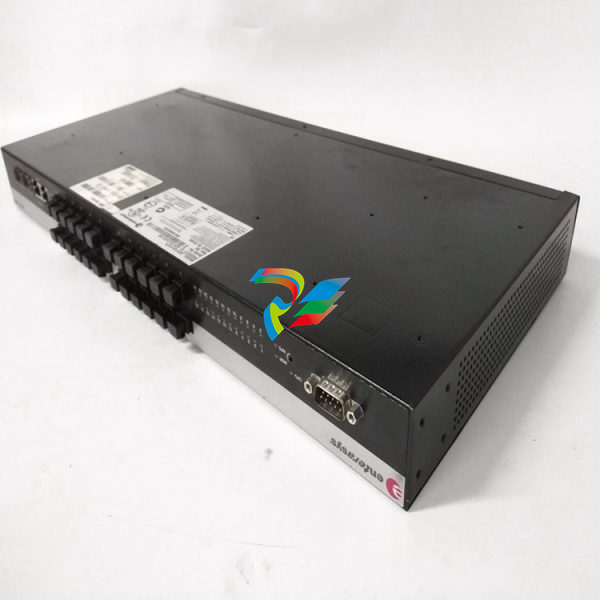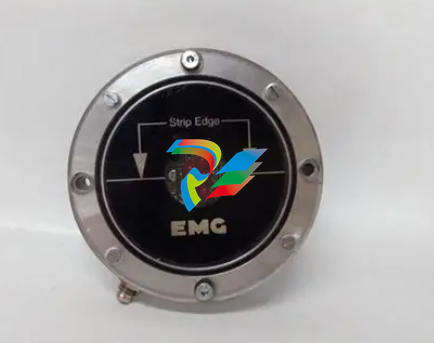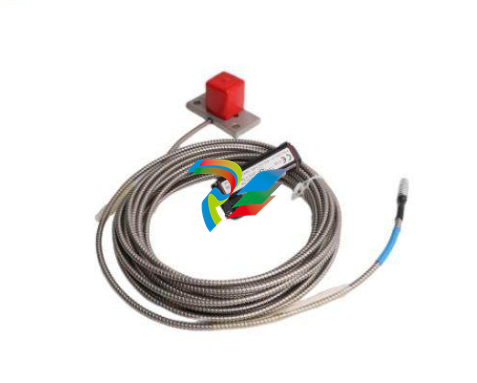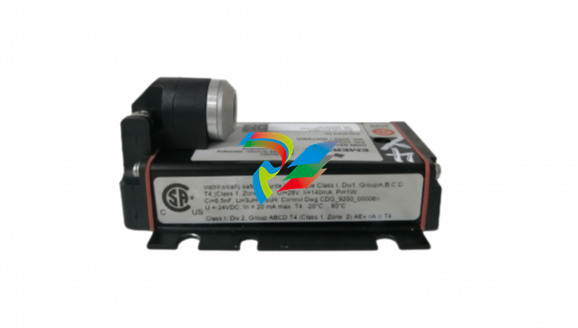
ABBDCS800 Quick guide DCS800 Drives (20 A to 5200 A)
a Power Drive System
The paragraphs below describe selection of
the electrical components in conformity with
the EMC Guideline.
The aim of the EMC Guideline is, as the name
implies, to achieve electromagnetic compatibility with other products and systems. The
guideline ensures that the emissions from
the product concerned are so low that they
do not impair another product‘s interference
immunity.
In the context of the EMC Guideline, two
aspects must be borne in mind:
• the product‘s interference immunity
• the product‘s actual emissions
The EMC Guideline expects EMC to be taken
into account when a product is being developed;
however, EMC cannot be designed in, it can only
be quantitatively measured.
Note on EMC conformity
The conformity procedure is the responsibility of
both the power converter‘s supplier and the manufacturer of the machine or system concerned, in
proportion to their share in expanding the electrical
equipment involved.

For compliance with the protection objectives
of the German EMC Act (EMVG) in systems and
machines, the following EMC standards must
be satisfied:
Product Standard EN 61800-3
EMC standard for drive systems (PowerDriveSystem), interference immunity and emissions
in residential areas, enterprise zones with light
industry and in industrial facilities.
This standard must be complied with in the EU
for satisfying the EMC requirements for systems
and machines!
Classification
The following overview utilises the
terminology and indicates the action required in accordance with
Product Standard
EN 61800-3
For the DCS800 series, the limit
values for emitted interference
are complied with, provided the
measure indicated is carried
out. PDS of category C2 (formerly restricted distribution in
first environment) is intended to
be installed and commissioned
only by a professional (person
or organization with necessary
skills in installing and/or commissioning PDS including their
EMC aspects).
For power converters without
additional components, the following warning applies:
This is a product of category C2
under IEC 61800-3:2004. In a
domestic/residential environment
this product may cause radio
interference in which case supplementary mitigation measures
my be required.
The field supply is not depicted
in this overview diagram. For the
field current cables, the same
rules apply as for the armaturecircuit cables.
M M M M
emv_clssif_b.dsf
Converter
transformer
Case-referenced EMC analysis
alternative
Converter
transformer
with earthed
iron core
(and earthed
screen where
appropriate)
alternative
I > 400 A
and/or
U > 500 V
Operation with separate power converter transformer. If there
are other loads at the same secondary winding, these must be
able to cope with the commutation gaps caused by the power
converter. In some cases, commutating reactors will be
required.
To other loads, e.g. drive systems
Converter Converter
Line reactor
Medium-voltage network
Industrial
zone
For emitted interference, the following apply:
EN 61000-6-3 Specialised basic standard for emissions in light industry
can be satisfied with special features (mains filters, screened
power cables) in the lower rating range *(EN 50081-1).
EN 61000-6-4 Specialised basic standard for emissions in industry
*(EN 50081-2)
For interference immunity, the following apply:
EN 61000-6-1 Specialised basic standard for interference immunity in
residential areas *(EN 50082-1)
EN 61000-6-2 Specialised basic standard for interference immunity in industry. If this standard is satisfied, then the EN 61000-6-1
standard is automatically satisfied as well *(EN 50082-2).
* The generic standards are given in brackets
START, STOP and E-STOP control
The relay logic can be split into three parts:
a: Generation of the ON/OFF and START/STOP command:
The commands represented by K20 and K21 (latching interface relay) can be e.g. generated by a PLC and transferred to
the terminals of the converter either by relays, using galvanic
isolation or directly via 24V signals.
These commands can be as well transferred via serial
communication. Even a mixed solution can be realized by
selecting different possibilities for the one or the other signal
(see parameter group 11).

b: Generation of control and monitoring signals:
The main contactor K1 for the armature circuit is controlled
by a dry contact (DO 8) located on the SDCS-PIN-4. Status
of fans and fans klixon can be monitored by means of fan
ack signals: MotFanAck (10.06) and ConvFanAck (10.20).
c: OFF2, OFF3 Stop function:
Beside ON/OFF and START/STOP, the drive is equipped
with two additional stop functions, OFF2 and OFF3, according to Profibus standard. OFF3 is a scalable stop function
(rampstop, max torque stop, dynamic braking …) to perform
stop category 1. This function should be connected to the





























































































































